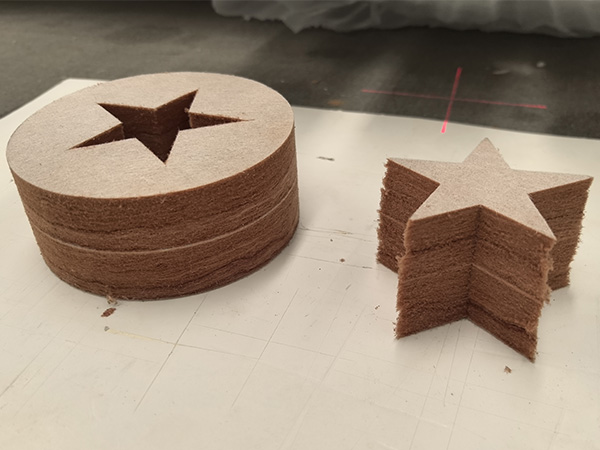1. Understanding the Materials
Before we talk tools, let’s look at what we’re dealing with.
- Rock Wool: dense, fire-resistant, strong. Popular in walls and ceilings.
- Glass Wool: lightweight, flexible, soft. Used for sound and thermal insulation.
- Ceramic Fiber: can resist extreme heat, often above 1200°C. Perfect for furnaces and fireproof layers.
| Material | Key Property | Typical Thickness | Cutting Challenge |
|---|---|---|---|
| Rock Wool | Fire resistance, density | 20–100mm | Dust, rough edges |
| Glass Wool | Lightweight, flexible | 20–50mm | Material shifting |
| Ceramic Fiber | Heat resistance up to 1200°C | 20–50mm | Fiber scattering, burrs |
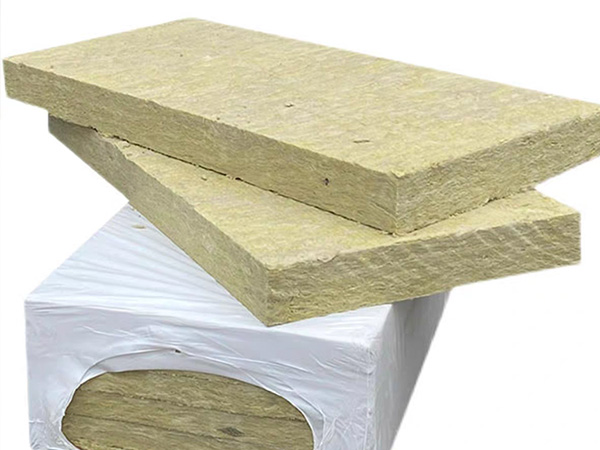
2. Why Traditional Cutting Methods Fail
I’ve seen factories try everything: saws, blades, even hot wires. Here’s the truth:
- Manual saws or knives → uneven edges, fibers everywhere.
- Hot cutting → forget it. These materials don’t melt nicely. Instead, you get smoke and damage.
- Health risks → breathing in fiber dust isn’t safe for workers.
So yes, you can cut insulation the old way. But you’ll waste material, time, and maybe even patience.
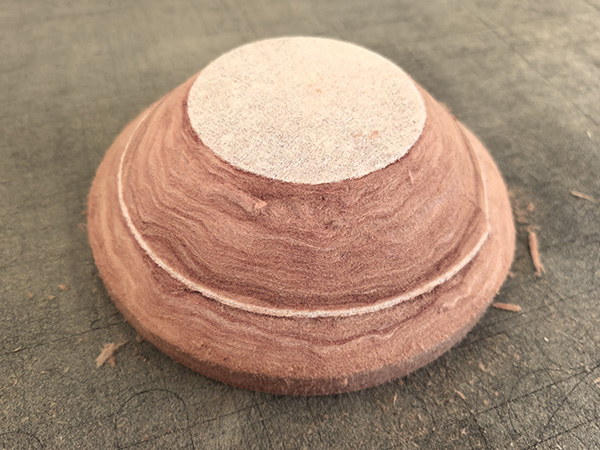
3. CNC Oscillating Knife Cutting Advantages
This is where CNC machines shine. Why?
- Cold cutting: no burning, no smoke.
- Dust-free edges: much cleaner than saws.
- Precision: straight lines, curves, even complex grooves.
- Flexibility: one machine handles multiple insulation types.
And the best part? Operators don’t need to be cutting experts. The machine does the heavy lifting.
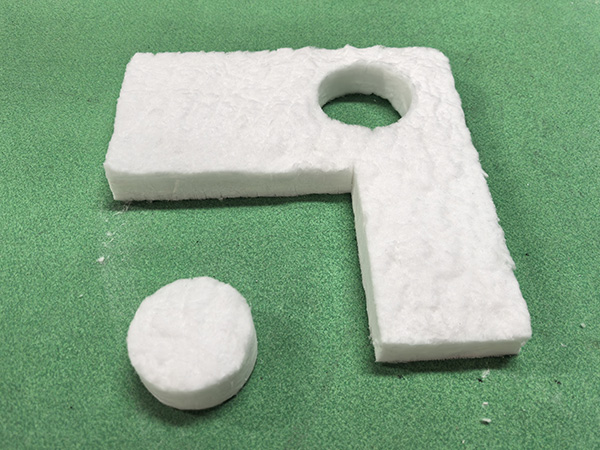
4. Recommended Tools and Configurations
Different insulation needs different setups. Here’s what I recommend:
- Rock Wool (20–100mm):
Use a pneumatic oscillating tool with large amplitude. Handles density well. - Glass Wool (20–50mm):
Pneumatic oscillating tool, medium amplitude. Always use vacuum adsorption to stop shifting. - Ceramic Fiber (20–50mm):
Pneumatic oscillating tool + bevel cutting tool. Perfect for V-grooves and sharp cuts.
| Material | Tool Recommendation | Notes |
|---|---|---|
| Rock Wool | Pneumatic oscillating tool | Use high amplitude for density |
| Glass Wool | Pneumatic oscillating tool | Ensure vacuum adsorption |
| Ceramic Fiber | Pneumatic oscillating + bevel tool | Clean grooves and sharp cuts |
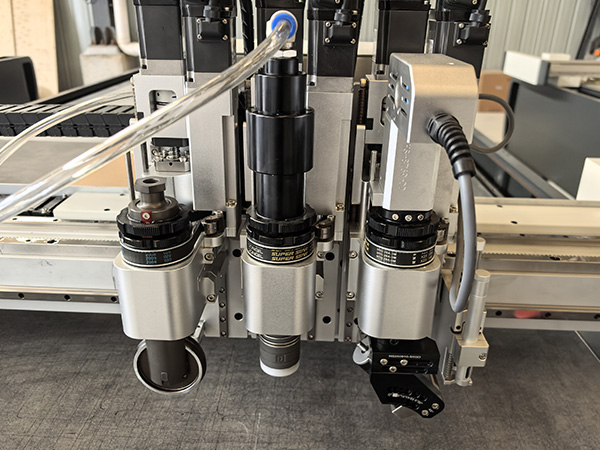
5. Practical Tips for Cutting Insulation Materials
Here’s what I always tell my customers during training:
- Vacuum adsorption: switch on zoned suction to lock the board.
- Clean tools: blow the bottom of the tool with an air gun daily. Keeps burrs away.
- Replace blades often: dull blades = rough cuts.
- Multi-tool holders: cut and groove in one go to save time.
These little habits make a big difference.
6. Real Industry Applications
Let me share some real-world cases:
- HVAC ducts: phenolic and ceramic fiber boards cut dust-free with oscillating knives. Grooves at 5°, 10°, 15°, 22.5°, 30°, 45°—all possible.
- Building insulation: rock wool boards cut to precise shapes for wall and ceiling panels.
- Fireproofing: ceramic fiber layers for industrial furnaces, cut fast without fiber scattering.
One customer told me their output tripled after switching from manual saws to CNC oscillating tools. Less dust, less waste, and happier workers.
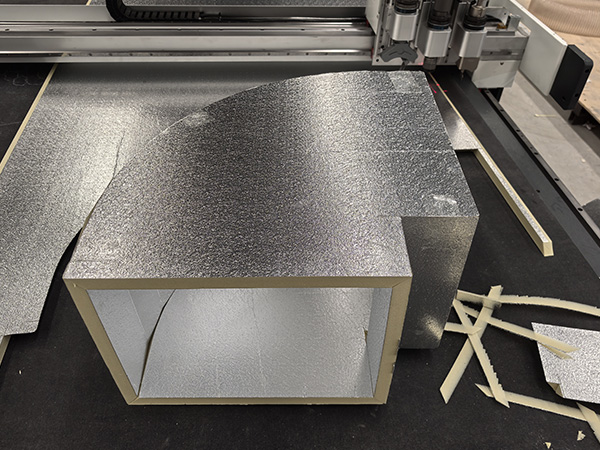
Conclusion
Cutting rock wool, glass wool, and ceramic fiber isn’t easy. These materials are tough, messy, and unforgiving.
But with CNC oscillating knife cutting machines, the job becomes simple: clean, precise, and efficient.
- Rock wool? Use high-amplitude pneumatic tools.
- Glass wool? Keep it in place with vacuum suction.
- Ceramic fiber? Add a bevel tool for grooves.
My advice: stop fighting the fibers. Let the right machine do the work. Your lungs, your workers, and your production line will thank you.

